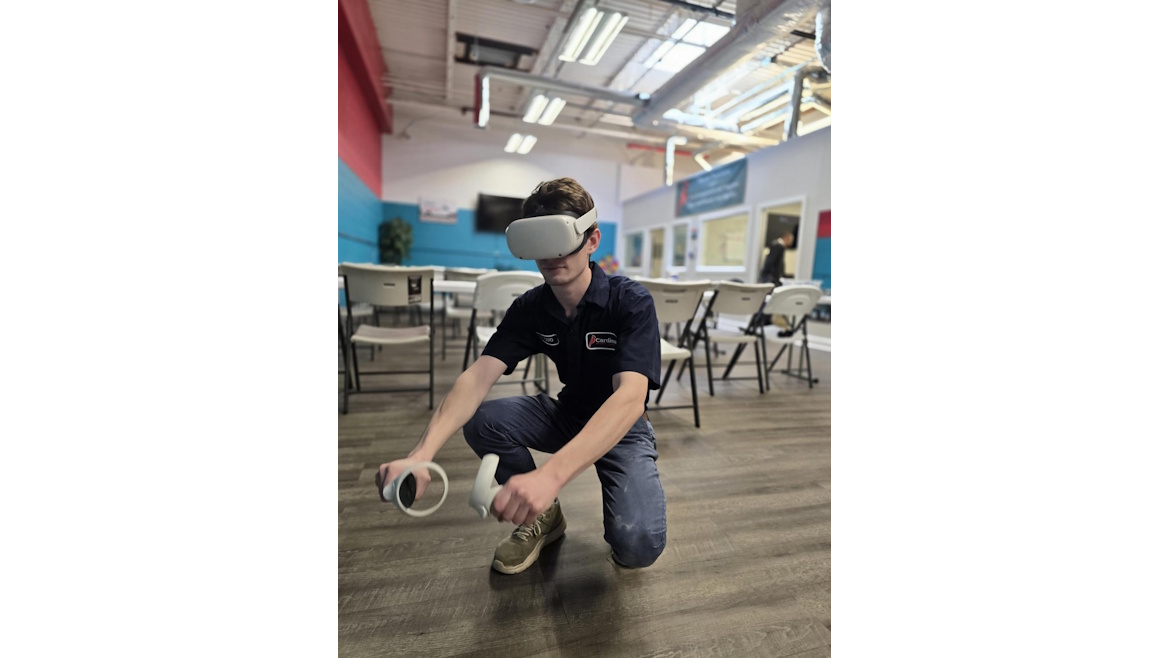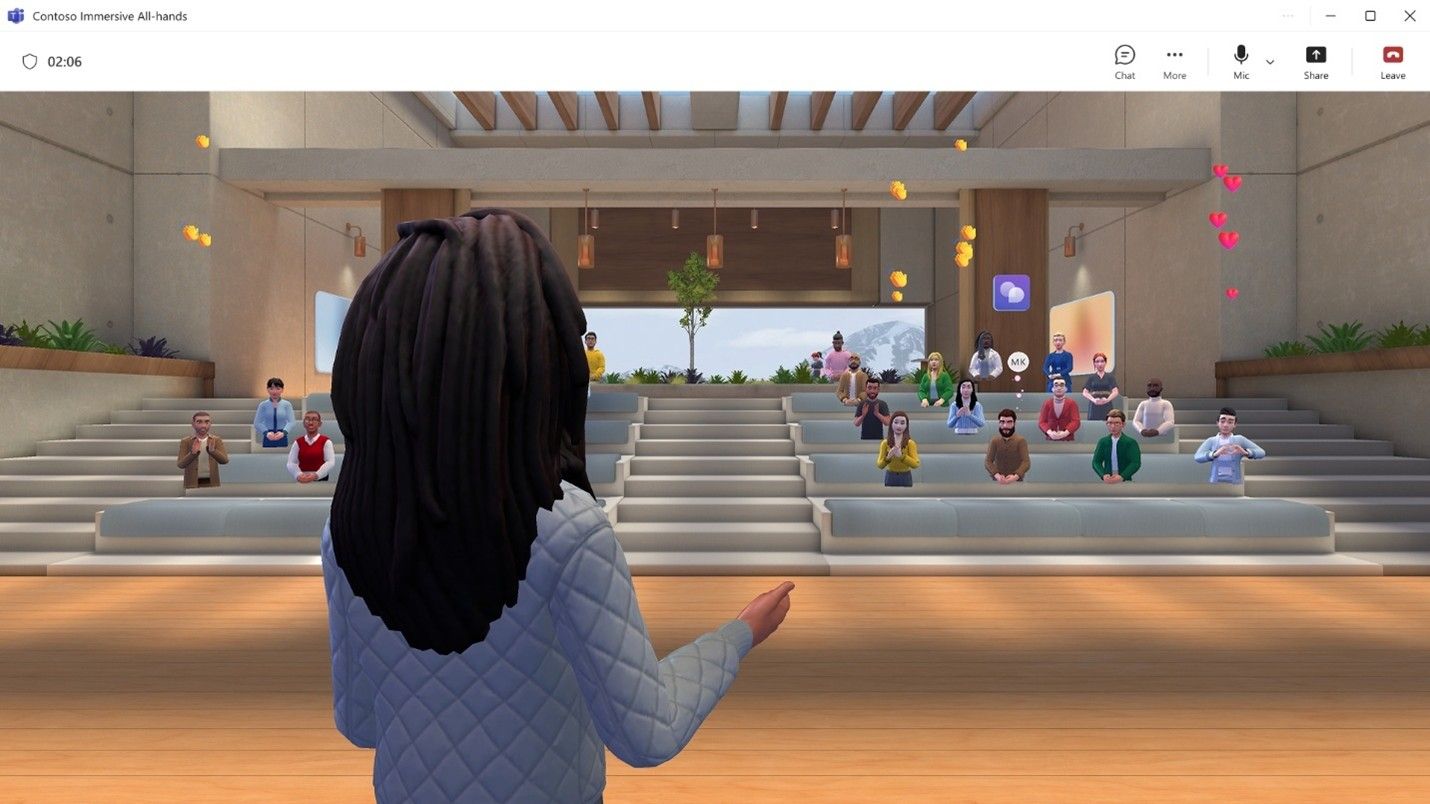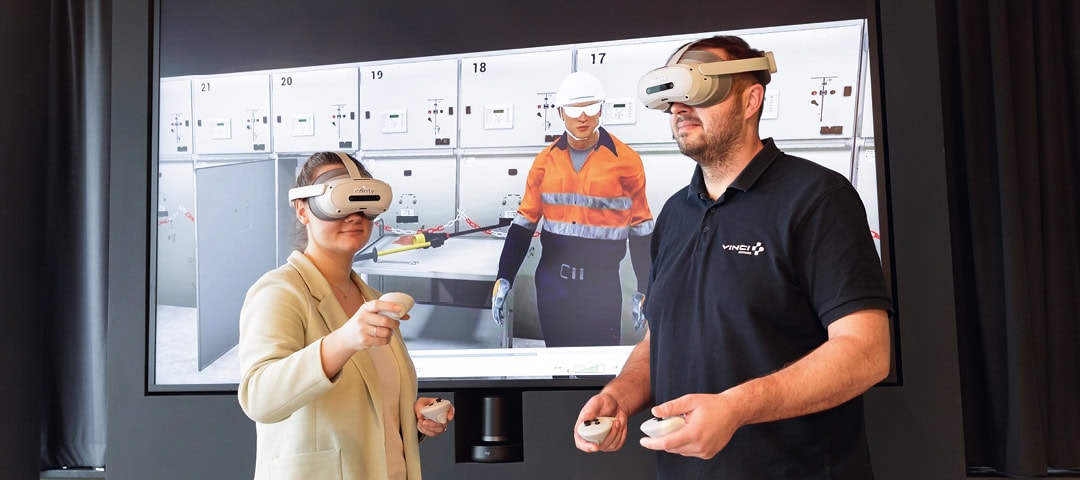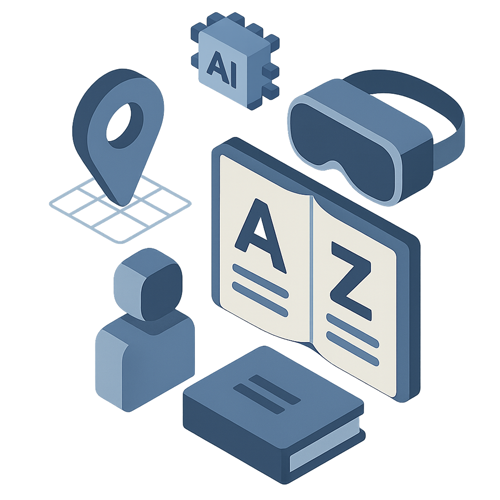Virtual reality-based training helps cut costs, reduce recalls, and keep talent in-house
In today’s competitive skilled trades landscape, having the necessary resources to train new HVACR technicians both quickly and effectively can make or break a company’s bottom line. This has led to companies investing in new methods to get their technicians field-ready.
One firm in particular, Cardinal Plumbing Heating & Air — a medium-sized home service company servicing Sterling, Virginia — transformed its technician development strategy by investing in virtual reality (VR) training through Interplay Learning. Interestingly, though, in Cardinal’s case, their initial reasoning for adopting Interplay Learning was to help them identify issues their techs were experiencing in the field that caused recalls. It wasn’t for its application for initial apprentice training and the associated cost savings — those benefits were a pleasant surprise.
Interplay Learning is a simulation-based VR training platform tailored to the skilled trades. The immersive system allows both apprentices and seasoned technicians to safely practice real-world scenarios — from HVAC installations to troubleshooting plumbing systems — before stepping into the field.
From lowering material costs to reducing turnover, Cardinal’s experience can offer a blueprint for how other HVACR companies can do the same.
The Challenge, The Goals
Before adopting VR training, like many growing service companies, Cardinal faced mounting challenges with technician training — challenges that affected efficiency, quality, and customer satisfaction.
They were dealing with a time drain — experienced technicians were spending many hours doing on-the-job training with new techs, which made each call longer and led to fewer jobs being completed per shift. The cost of mistakes, callbacks, and material waste was adding up. Their new technicians lacked the confidence to handle real service calls, as their lack of skills made them too nervous to be effective. And lastly, and maybe most importantly, Cardinal was putting their customer satisfaction at risk by sending untrained apprentices to job sites — and this led to some customers to have the impression that the company was unprofessional, unprepared, and put customers in potentially unsafe situations.
Cardinal hoped to tackle all those challenges and then some. They set out with VR to reduce training costs associated with both direct expenses and the cost of experienced techs spending time training new techs when they could be out in the field. They worked to eliminate wasted materials due to errors, send well-trained techs into the field, reduce recall rates, and offer personalized training. And they saw an unprecedented level of success.
The Savings
What started as a tool to reduce recalls has become a cornerstone of the company that has paid off in more ways than one. Since adopting Interplay Learning, Cardinal has experienced a variety of savings in material costs, training costs, and recall rates.
“Using Interplay Learning saves Cardinal money every day,” said Patrick Garner, service manager and master plumber at Cardinal Plumbing Heating & Air. “It allows us to be more efficient and provide faster training.”
With VR, Cardinal was able to cut its in-person training time in half, reducing overall training costs while freeing up more time for techs to go on calls, leading to additional earnings for the company. They are also now able to train multiple people in the same skill at once because of the platform’s casting feature, where others can watch one trainee perform a task in real time before they try it themselves. With multiple VR headsets, they can even train techs to complete different tasks at the same time.
The platform’s casting feature also provides the ability to train multiple people in the same skill at the same time — its casting feature allows multiple trainees to observe tasks in real time before trying them themselves, and with multiple VR headsets, different skills can be taught simultaneously.
Cardinal was also able to eliminate recalls due to technician mistakes, saving the company a substantial amount of money and time. Simulation-based learning also allows Cardinal to easily address recurring issues.
“One technician kept getting recalls on a certain type of job and was having difficulty identifying what went wrong,” said Garner. “He was able to complete the job in the simulation with me observing. We were able to identify the mistake he was making and help him turn things around.”
Before, when training took place in the field, technician mistakes meant wasted materials. Historically, each training of each tech in the field could wind up costing the company about $1,000. With Interplay Learning, those costs have been virtually eliminated.
Also, thanks to this form of training, Cardinal has retained at least 10 technicians who would’ve otherwise left due to challenges in the field. The opportunity to build skills through VR training gave them the confidence and motivation to stay and improve.
Training And Retention For Long-Term Success
For a company of 45 employees, offering a training program that rivals even the largest firms is a powerful tool to have to stay competitive. It’s given them the ability to onboard apprentices faster, offer continuous learning to experienced staff, and appeal to new recruits.
Cardinal Plumbing Heating & Air’s use of VR technology shows how even modest-sized service companies can innovate to attract, train, and retain top talent. When trying to compete with the way larger companies train their techs, solutions like Interplay Learning’s could be just what the doctor ordered.
“It’s turned the script on its head,” said Garner. “Learning used to be something people struggled to do. Now learning is something people want to win at. VR infused life back into the process. Even the tedious tasks become immersive, and with how visual and interactive, in fact, they become more engaging. Even more significant, though, is that it’s established this safe-fail ethos. Nobody is afraid to screw up, or to say that they don’t know something, because the system is there to support growth, not gotchas. What’s the outcome? Higher performance in the field, reduced recalls, and a team that actually enjoys becoming better.”
By embracing simulation-based learning, Cardinal has not only solved immediate training challenges but also built a sustainable system for long-term workforce development. When used as a recruiting tool, young technicians or those considering the trades are particularly excited about the opportunity to do so with the use of VR.
For those contractors looking to reap these same benefits and try something similar on for size, Garner offers this piece of advice:
“Begin small but go big. Don’t overcomplicate the technology, just purchase one headset, load a few modules, and let the most inquisitive team players have at it. Keep it accessible. Learn how to use it with them in the way you’d learn how to use a new tool: demonstrate, don’t lecture. And let them laugh, goof up, even make silly clips to post for fun. The minute they connect learning with improvement and play, it’ll grow organically. You don’t need to be a technology firm, you need to unleash.”
Quelle:
Foto: ENGAGE RETAIN: When used as a recruiting tool, young technicians are particularly excited about learning via the VR and simulation-based training programs. (Courtesy of Cardinal Plumbing Heating & Air)






